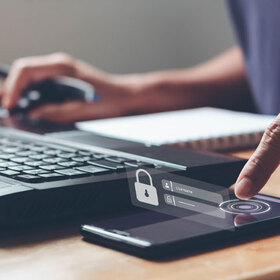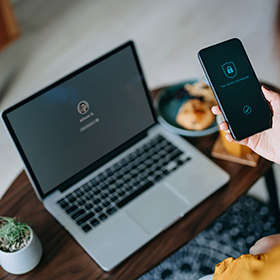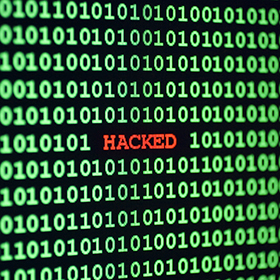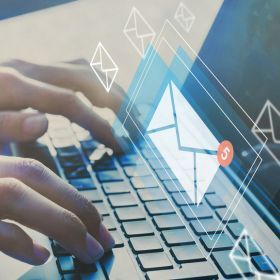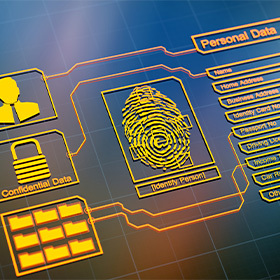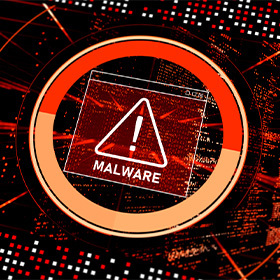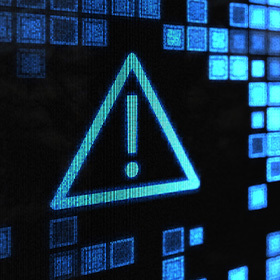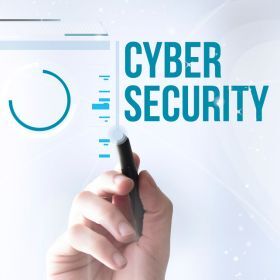Updates
World Password Day
May 2, 2024, is World Password Day, with the goal of raising awareness about the importance of good password hygiene.
Shoulder Surfing
Protect your information from thieves lurking in plain sight.
Dual-Purpose Phish
Cyber experts have identified a dual-purpose phishing attack that attempts to harvest user credentials and deliver malware.
Types of Phishing
Phishing is a type of attack that targets individuals through email, text messages, phone calls, and other forms of communication. Be alert to these common types of phishing.
Business Email Compromise (BEC) Attacks
A business email compromise (BEC) attack is a type of phishing attack in which a cybercriminal impersonates a trusted contact and uses social engineering techniques to trick an email recipient into transferring funds into a fraudulent account.
Juice Jacking
“Juice Jacking” is a type of cyberattack on an electronic device while being charged at a public charging kiosk.
Doxing
“Doxing” (also spelled "doxxing") is a form of cyberbullying that uses identifiable information gathered from the internet with the intent to shame, scare, or blackmail the target.
What is Wiper Malware
Wiper malware is an attack used to disrupt an organization by permanently overwriting and destroying data.
SEO Poisoning Attacks
In “SEO Poisoning” cyber criminals use this tactic to make their malicious websites more prominent in searches.
October is Cybersecurity Awareness Month
Now in its 20th year, Cybersecurity Awareness Month continues to raise awareness about the importance of cybersecurity.

